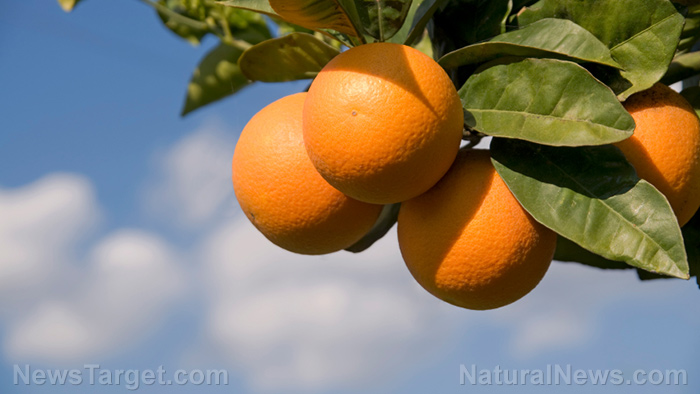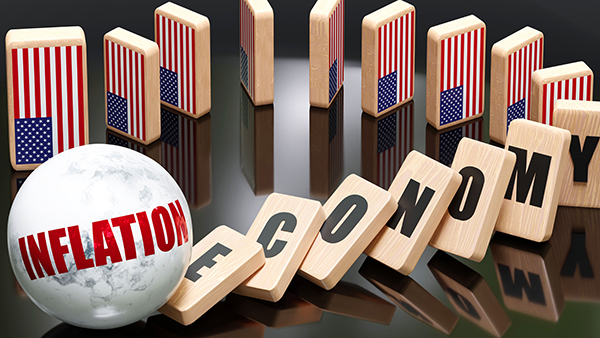Global cocoa shortage expected to be MUCH WORSE than previously forecast due to increasing demand
06/10/2024 / By Laura Harris

The International Cocoa Organization (ICCO) has announced that the global cocoa shortage for this season will be larger than initially expected as consumption increases despite higher prices.
In February, the ICCO projected a deficit of 374,000 tons. However, the latest estimate of the ICCO for the October to September fiscal year reveals that demand will exceed production by 439,000 tons due to higher cocoa grinding in consuming countries.
“Currently available data reveal that cocoa grinding activities have so far been unrelenting in importing countries despite the record cocoa price rallies,” the ICCO said. “As the 2023 to 2024 season progresses, it is certain the season will end in a higher deficit than previously expected.”
Earlier this year, cocoa prices experienced a dramatic surge, climbing from $4,000 per ton to a record high of over $12,000 per ton within the first three and a half months. This development has driven cocoa prices in New York to an unprecedented high of over $11,000 per ton in New York due to poor harvests in West Africa, the world’s leading cocoa-producing region. These supply constraints have stressed buyers and driven up chocolate prices. (Related: Cocoa prices rise to highest level in 45 years as poor weather diminishes outlook for harvests.)
However, prices plummeted by 44 percent into May. Recent market activities have seen a resurgence, with prices rising by 39 percent over the past nine trading sessions.
As a result, the ICCO has adjusted its estimates for global cocoa grindings to 4.86 million tons, up from the initial forecast of 4.78 million tons. Simultaneously, it increased its production projection by 12,000 tons to 4.46 million tons.
Cocoa prices could soar up to $20,000 per ton by year’s end
Pierre Andurand of Andurand Capital Management has noted the bullish cocoa prices this year. He discussed the dynamics of cocoa prices and market behavior on Bloomberg’s “Odd Lots” podcast with hosts Tracy Alloway and Joe Weisenthal.
According to Andurand, historically, prices responded to supply changes, but now, with slower supply responses, demand plays a crucial role. Andurand explained that people often view prices nominally without accounting for inflation, leading to misconceptions about current price levels compared to historical highs.
“A lot of people look at prices in nominal terms. You hear people saying, ‘Oh, we are at all-time high prices in cocoa,’ but that’s because they look at prices in nominal terms. [The] previous high in 1977 was $5,500 something dollars a ton of 1977 dollars, which is equivalent to $28,000 a ton of today’s dollars,” Andurand said.
Moreover, a key metric is the inventory-to-grindings ratio, which measures cocoa bean inventory relative to demand. Despite stable chocolate demand, grinding (industrial processing of cocoa beans) has decreased. Currently, the cocoa market faces a significant deficit, with inventories at historically low levels. This, in turn, could potentially lead to severe shortages and price spikes.
Meanwhile, the market’s volatility has increased due to reduced positions by traders, resulting in less liquidity and higher price swings. Contrary to some beliefs, funds have been selling cocoa since February, not driving up prices. Producers, facing lower production than expected, have been buying futures, leading to reduced market exposure and increased volatility.
Therefore, Andurand anticipates that cocoa prices could reach $20,000 per ton later this year or early next year at the latest.
Visit FoodCollapse.com to read more about food production issues that could lead to shortages and starvation.
Watch this episode of the “Health Ranger Report” as Mike Adams, the Health Ranger, interviews Steve Poplar about how they can see the food supply chain collapsing in real time.
This video is from the Health Ranger Report channel on Brighteon.com.
More related stories:
Food shortages and inflation continue as “Bidenomics” SPECTACULARLY FAILS.
Globalists weaponize food and energy supply to pave the way for global “Holodomor.”
Global elites’ secret plot against food: Why you might be forced to eat lab meat soon.
Drug and food shortages are here, and they will get a lot worse.
Alaska task force recommends $67M worth of local measures to avert looming food shortage.
Sources include:
Submit a correction >>
Tagged Under:
agriculture, cacao, chocolate, cocoa, cocoa supply, collapse, famine, food collapse, food inflation, food prices, food shortages, food supply, grocery, harvests, hunger, International Cocoa Organization, products, rationing, scarcity, starvation, supply chain
This article may contain statements that reflect the opinion of the author
RECENT NEWS & ARTICLES
FoodRiots.news is a fact-based public education website published by FoodRiots.news Features, LLC.
All content copyright © 2021 by FoodRiots.news Features, LLC.
Contact Us with Tips or Corrections
All trademarks, registered trademarks and servicemarks mentioned on this site are the property of their respective owners.




















